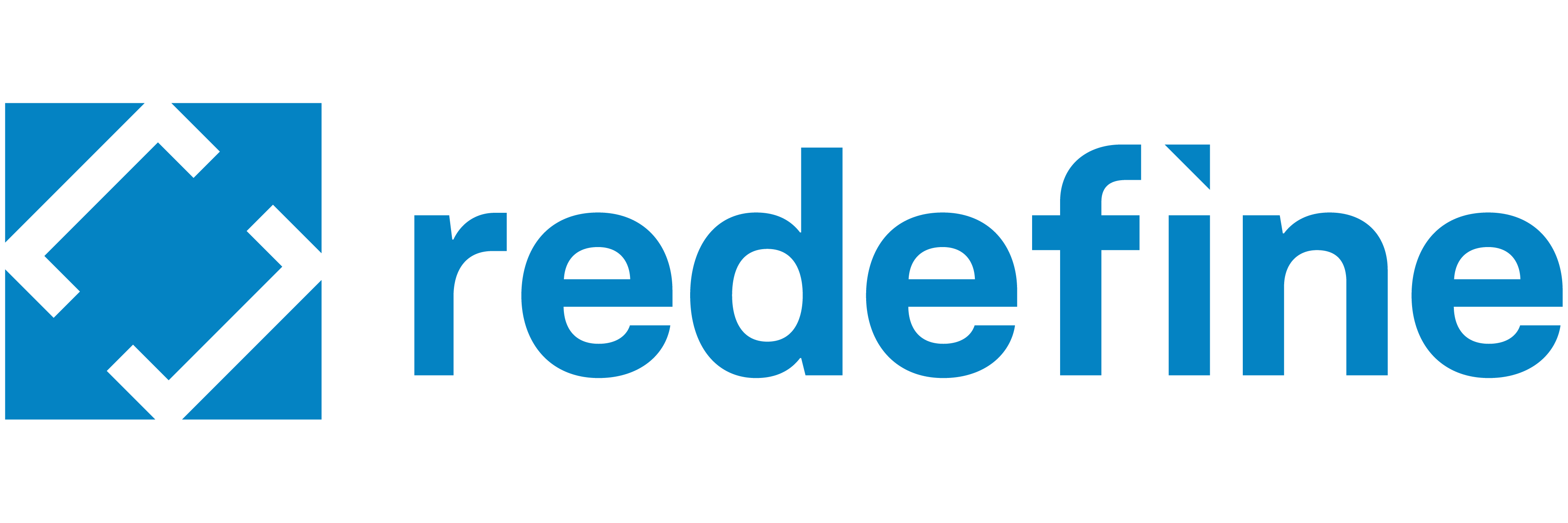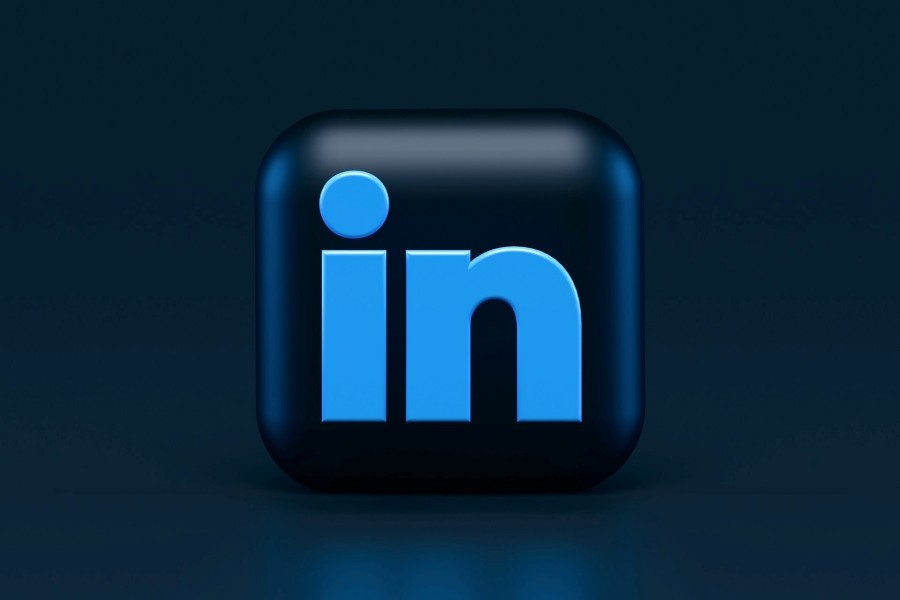- First impressions form in milliseconds, and users judge credibility largely by visual design.
- Consistent, clean aesthetics signal professionalism and build trust with visitors.
- Websites should function as cohesive systems, not disconnected pages, to create intuitive user experiences.
- Thoughtful design directly drives conversions, engagement, and brand confidence.
- Modern, flexible design systems help brands stay agile and maintain long-term performance.
It might sound unconventional, but think of your website like a baked potato. At its core, it is simple, functional, dependable. A vessel of nourishment. But what makes it memorable are the layers: butter, cheese, chives, maybe some bacon bits. Each topping adds flavor, but it has to complement the base. The same is true for web design. It’s not about stacking trendy visuals on top of outdated systems. It’s about building a cohesive experience where form and function blend into something genuinely satisfying.
A beautiful website does not succeed because of one flashy element or clever trick. It succeeds because every piece works together to create something that feels intentional. In a time when attention spans are short and first impressions happen faster than ever, your design is crucial to how you keep and acquire customers.
Visual appeal matters more than ever
First impressions happen fast, around 50 milliseconds, according to a Google study on website aesthetics. Nearly 46% of users judge a brand’s credibility based solely on its visual design. Before a single headline is read, your layout, color palette, and typography are already shaping opinions.
That means the look of your site should not be cast aside. Your audience makes quick judgments about whether your company feels modern, trustworthy, or out of date. Clean design isn’t about trends or looking sleek. It is about signaling professionalism and care.
When a site looks dated, the subconscious message is that the business behind it might be too. People equate aesthetic quality with operational quality. A consistent, well-structured visual experience tells visitors that your team pays attention to detail and values user experience. Those perceptions turn into action.
Studies continue to show that users stay longer, engage more, and convert at higher rates when they feel confident in what they are seeing.
Your website is a system, not a collection of pages
Borrowing from Fictive Kin’s “Systems, Not Sites” philosophy, the most effective websites are not built one page at a time. They are designed as interconnected ecosystems. Navigation, color, typography, and motion all play together to form a single, unified language.
When those elements work in harmony, visitors can move through your site intuitively. Every component teaches them what to expect from the next. When those systems fall apart, users may not know why, but they feel the friction. Inconsistent buttons, misaligned spacing, or mismatched visuals are small cues that break trust and interrupt flow.
A Harvard study on visual complexity found that users prefer designs that are clean and consistent over those overloaded with visual noise. Simplicity, not clutter, builds confidence.
Modern tools such as Webflow, Framer, and reusable design component libraries make it easier than ever to design for systems instead of pages. These platforms allow teams to update styles, layouts, and templates globally, creating sites that can evolve without losing consistency.
In a world where marketing priorities shift quickly, this kind of design flexibility has real business impact.
Design directly impacts business performance
Forrester Research found that improving user interface design can increase conversion rates by up to 200%, while investing in user experience can boost conversions by as much as 400%. Another study reported that interactive, motion-driven sites can increase engagement by more than 40%.
These results happen because of how design influences behavior. A good user experience communicates credibility. Visible buttons, logical page flow, and accessible visual hierarchy reduce decision fatigue. When users do not have to think about where to click or how to navigate, they stay longer and are more likely to take action.
Design also affects emotion. People do not separate the way something looks from how it feels to use. When your website evokes confidence, calmness, or delight, it strengthens brand recall. Every moment of visual clarity reinforces the story your brand is trying to tell.
The best performing websites treat design as strategy. They understand that beauty without function is decoration, but function without beauty is forgettable. When both come together, they create trust, and trust leads to conversion.
Outdated practices are holding brands back
Many businesses are still operating on frameworks built for an earlier internet. Old CMS themes, inconsistent modules, and patchwork redesigns have created sites that look and feel disconnected from the modern internet. These older systems are hard to maintain, slow to update, and unable to keep pace with the expectations of modern audiences.
Modern web systems, such as Webflow, and component-based design frameworks have changed what is possible. They allow teams to move faster, test more ideas, and refine user experience in real time. The shift toward these modern systems also means thinking about maintenance differently. Design is not a one-time investment but an ongoing process. Your site should be able to evolve as your brand, audience, and technology do. The companies that embrace this mindset will always appear more agile and capable.
Bring the whole thing together
A beautiful site that does not perform is just a garnish. True craftsmanship lies in how design, structure, and content work together to create real impact.
Like a well-layered baked potato, your website’s beauty should come from balance. The right foundation, structure, and usability support the flavor, design, and storytelling. When done right, users do not just see your site. They feel it.
Design alone will not save a business, but in today’s competitive digital landscape, it can absolutely set one apart. Your website is not just a reflection of your brand. It is your brand. And when every element is aligned, your online presence does more than look good; it performs beautifully.
Good design doesn’t happen by accident. It’s built, tested, refined, and aligned with strategy. If your site isn’t pulling its weight, it’s time for a redesign that actually works.
So get in touch with Redefine Marketing Group today. We’ll help you build a website that performs as well as it looks.





